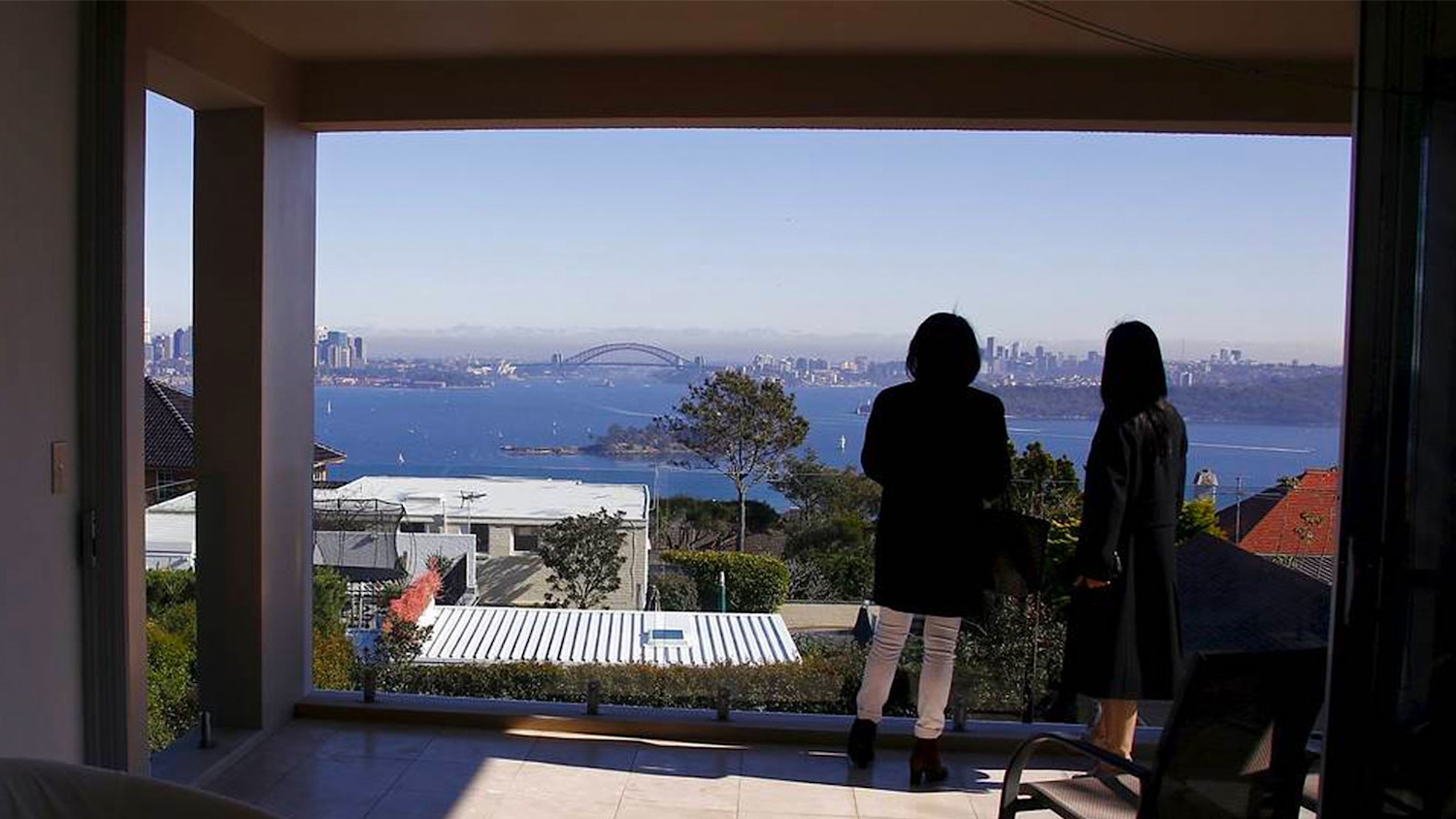Resources
Newsletter
Stay up to date and with the latest news, projects, deals and features.
Subscribe
Speaking at The Urban Developer’s Property and Economic Outlook vSummit, Crown Group managing director Iwan Sunito and Billbergia managing director John Kinsella discussed the year ahead with both developers preparing for the return foreign buyers.
“The past two years, the international buyer market has collapsed,” Sunito said.
“What used to be $200 million to $300 million in sales [to foreign buyers] per year has become closer to $40 million.
“However, there is one key motivation and driver that, prior to the pandemic, ensured foreign buyers wanted to purchase properties in Australia—education for their children.”
According to the Australian Foreign Investment Review Board, data shows that with political tensions with China and Covid-19 lockdowns, investment in Australian real estate from China declined significantly from its peak of almost $32 billion in 2016 to $7.1 billion in 2020.
However, Asian acquisition of Australian residential real estate is expected to return to growth in the second half of 2021 as political and macroeconomic headwinds moderate.
International buyers will also be drawn to prospective gains, no where more so than in Sydney where house prices have surged by more than 55 per cent during the past three years.
“The [pandemic] pause in recent years had not changed our approach,” Sunito said.

“We have projects planned or in construction across a number of Sydney suburbs—particularly Waterloo, Green Square and North Sydney—known for their large presence of foreign buyers, schools and universities.
“We know they are neighbourhoods that foreign buyers are looking at, they want to remain central in a gateway city while being able to work and send their children to school nearby.”
According to a recent report from Juwai IQI Holdings, foreign buying, including acquisitions made by permanent residents, is expected to reach pre-pandemic levels in Australia by the end of 2022.
However, foreign investors, who typically favour city locations from a lifestyle and investment perspective, are normally limited to purchasing new properties or developments unless they are residing in the property.
Like Australian home buyers, overseas-based buyers are now looking for larger homes and a better lifestyle after being in coronavirus-related lockdowns in apartments in large cities such as Singapore and Shanghai.
“The government will really need to intervene by addressing foreign buyers tax as we are not the only country that international buyers can send their children to study—there is a lot of choice and competition,” Sunito said.
“The best thing to do right now would be to tap into and win back that demographic who understand the value in education as they know that the opportunities afforded to them in Australia, whether they choose to stay or return to their home country, will put them at an advantage.”

Missed The Urban Developer's recent Property and Economic Outlook vSummit? Click here for the on-demand recording.
Billbergia managing director John Kinsella echoed the sentiment, calling for foreign investor stamp duty surcharges to be put under the microscope post-pandemic.
“China will always have the largest volume of foreign buyers within the market,” Kinsella said.
“Most of our buyers at the moment aren’t coming from China and there really needs to be more thought given to treating foreign buyers in a similar way to local buyers, without the extra surcharges.
“The state governments will really need to intervene to ensure we incentivise [foreign buyers] to bring them back in force.”
Australia, which has pursued zero-tolerance policies against Covid-19 by closing international borders for the past two years, has experienced a dramatic collapse in international student numbers.
In January 2020, 91,000 overseas students arrived in Australia. For July 2021, the number was 500.
International student enrolments to Australia’s three major competitor countries, Canada, Britain and the US, have now almost recovered to pre-pandemic levels, while Australia’s numbers remain down by 70 per cent.
“The best thing to do right now would be to tap into and win back that demographic who understand the value in education as they know that the opportunities afforded to them in Australia, whether they choose to stay or return to their home country, will put them at an advantage,” Kinsella said.